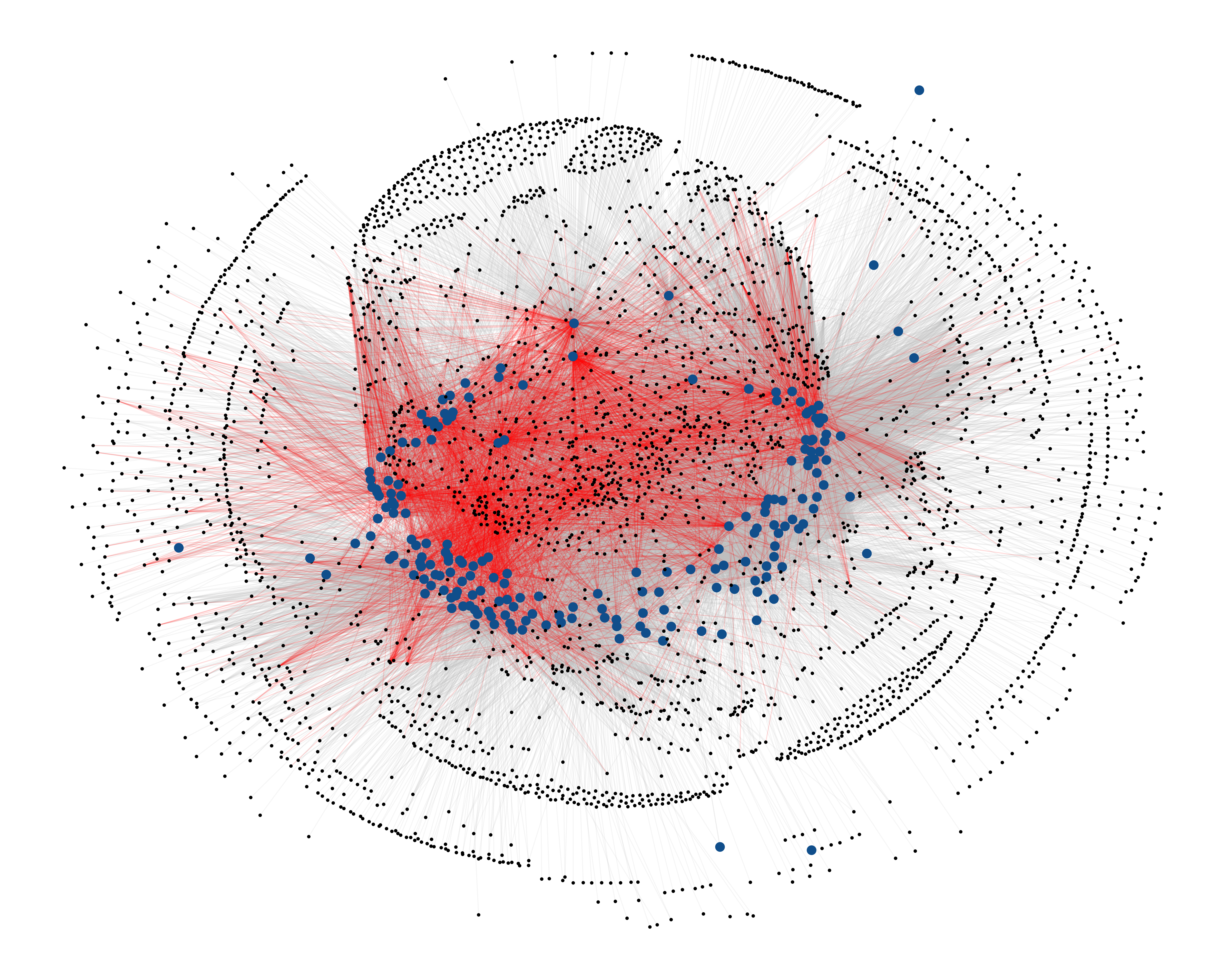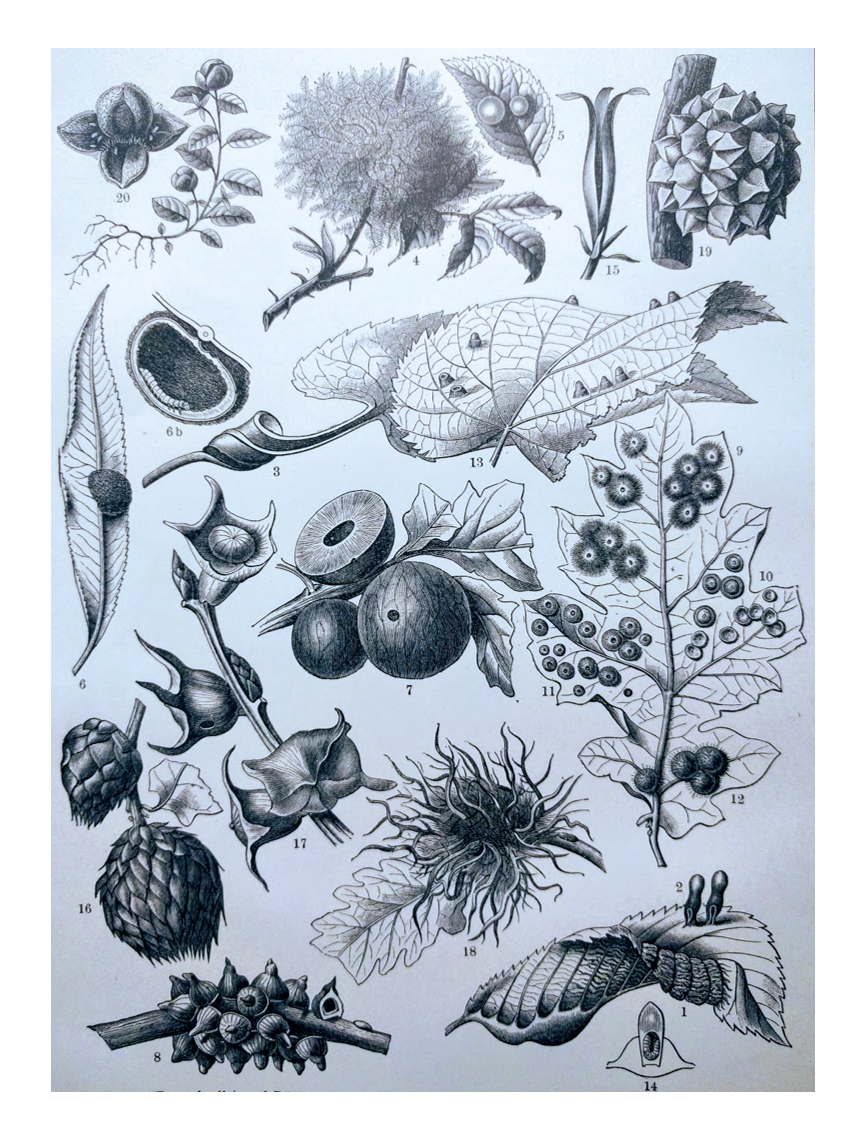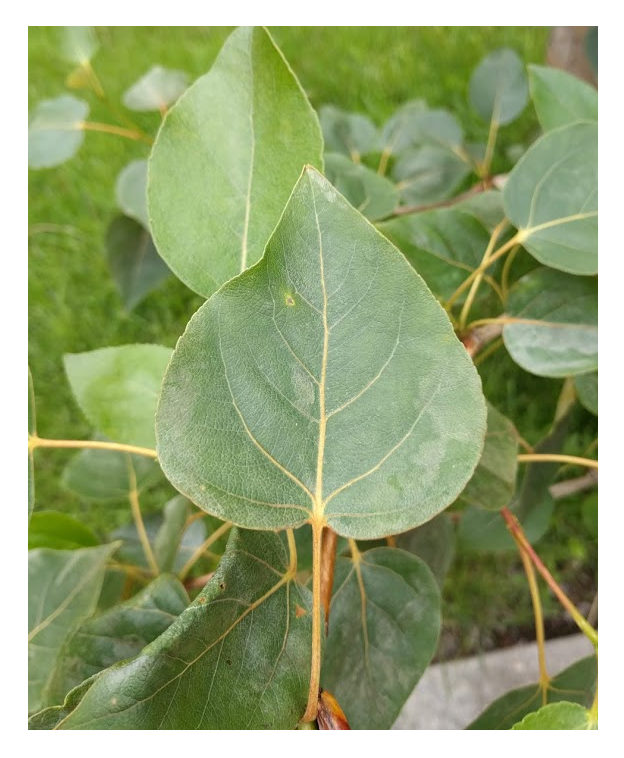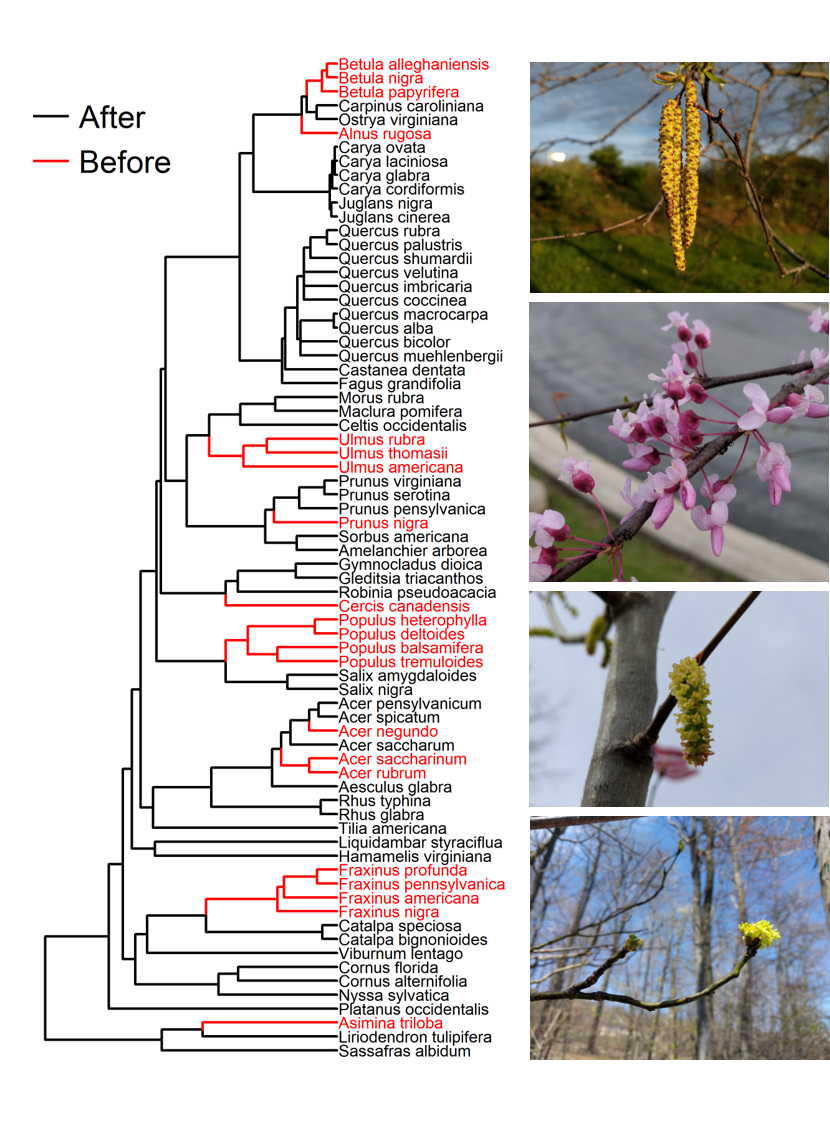
Global biogeography of plant pests
Emerging and invasive plant pests can have dramatic effects on natural and agricultural systems, yet we often lack a strong understanding of what factors limit their geographic distributions. To address this issues, I am using global datasets of pest and host occurrences, and pest-host associations to map the global extent and composition of tree pests. This work provides a framework for identifying the plant hosts and geographic regions that may be most vulnerable to future pest invasions.

Regional impacts of invasive forest pests
Invasive forest pests may not only impact susceptible hosts, but may have ecosystem- and landscape-level effects. In my current postdoc at Purdue University, I am exploring how invasive pests can affect water quality and the accumulation of non-native plants.

Climate change biogeography
Tree species are often predicted to need to shift their ranges to keep pace with future climate change. The typical ways of predicting range shifts, however, often do not account for population-level local adaptation to climate. This can be problematic as local adapation is a common characteristic of many tree species, and ignoring it can lead to uncertainty in the accuracy of species’ predicted future ranges. For my PhD work, I combined genetic information with biogeographical models to (i) assess if including genetic information improves model performance, and (ii) gain new insights into where within the range populations may be most pre- or mal-adapted to future climate conditions. For this work, we used balsam poplar, a wide-ranging northern tree species, as a study system.

Phenological sequences
Which tree species flower before their leaves emerge? Do closely related species share similar phenological sequences? Are there climatic or geographic trends in phenological sequences? What are the costs (or benefits) associated with flowering before leaves emerge? These are some of the questions we try to address by studying the sequence (as opposed to strictly the timing) of phenological events. The beginnings of this work can be found here.